We provide thousands of tools, products, and materials for use in masonry. Whether you’re working with a general contractor or an architect, “masonry” may come into conversation. This can confuse the uninitiated. We decided to break down this trade and explain more about our work and the work of our clients, for anyone out there unfamiliar with or new to it.

Almost by definition, masonry is stonework.
A mason performs this job. They take individual units — usually some kind of stone or concrete, but also other natural and man-made materials — and lay them in a specific pattern, binding them together with mortar. Mortar is basically a cement paste. There are other types of mortar, but this is the most common. It “cures” and hardens, sealing together the laid design.
As long as it is built well, masonry is among the most durable forms of construction.
In general, the work’s quality depends on two factors: the quality of the materials, and the talent of the masons. Secondary — but no less important — is the chosen design of the masonry work. We also have to depend on the integrity of the rest of the structure. As with any building, we have to be confident in the foundation, the architecture, and the whole plan. Everything must come together in order to build a completely sound structure.
Many trades rely on one another like this. Brickwork and masonry are some of the most important and ancient “traditional trades.” You might think of these as the “hands-on” skills, and they also include painting, roofing, and carpentry. All components need to be perfect — and performed by an experienced individual — to create a long-lasting result that looks and functions just as it should.
We like concrete block because it’s even more secure.
These can be called “Concrete Masonry Units.” They’re bigger than your typical bricks. They can be laid faster too, because they take up more space. They are less porous. Heavy and sturdy, they work well in “veneered brick” work (when there’s an external facade outside the core concrete or stone) and for industrial projects. Most importantly, then, is that we can reinforce them with rebar (short for “reinforced bar,” it’s a type of reinforced steel) or additional poured concrete. This maintains the tension and toughness of the overall build.


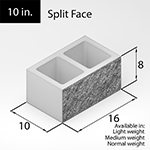
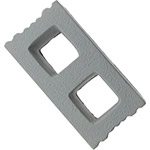

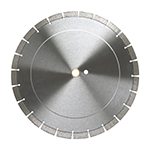

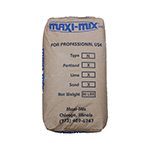
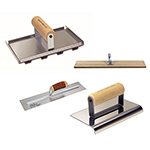
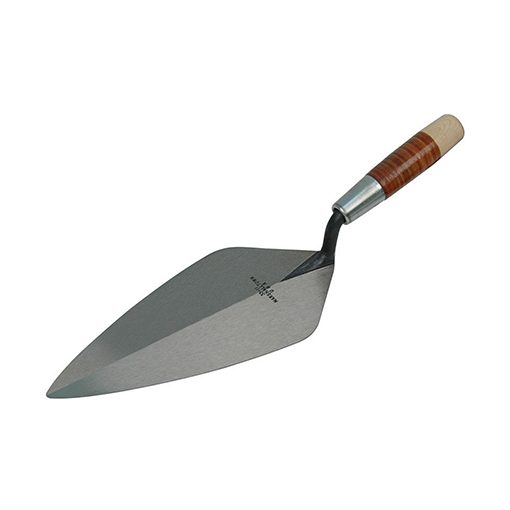
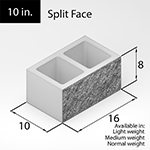







Pingback: dating Sites tinder
Pingback: free phone dating trial
Pingback: free online local dating
Pingback: free mature dating sites uk
Pingback: free african american dating
Pingback: dating russian online free
Pingback: free online kerala dating
Pingback: free d/s dating sites
Pingback: where can i find a free dating site
Pingback: any dating sites that are actually free
Pingback: free online dating web-sites
Pingback: free cristian dating
Pingback: 100% free dating sites in texas
Pingback: keto dinner
Pingback: speed keto diet
Pingback: keto diet high blood pressure
Pingback: gay dating services
Pingback: local gay teen dating webistie
Pingback: cd/ts/tv dating mn gay bi
Pingback: android site for gay dating
Pingback: gay social dating sites
Pingback: gay dating yahoo answers
Pingback: gay dating service pittsburgh
Pingback: nyc free online gay dating
Pingback: jonathan bennett gay dating
Pingback: olumiant medication
Pingback: buy aralen 10mg
Pingback: 12mg tizanidine
Pingback: cost of olumiant
Pingback: malnupiravir
Pingback: buy clomid pills